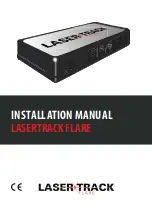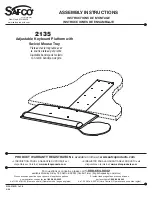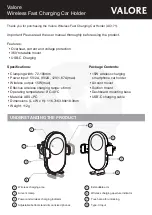
RAD-Star User’s Guide
5
© 2015-2016 Intrepid Control Systems, Inc.
Version 1.2 - June 1, 2016
Figure 4: RAD-Star Automotive Ethernet Side.
The Mini50 BroadR-Reach connector on the left is internally configured as a
master device, while the one on the right is configured as slave. Each has a combination link/activity LED.
Note:
One of the ways that BroadR-Reach delivers high per-
formance is by coordinating the operation of the two devices
on a link: the master device generates a clock signal, while the
slave device synchronizes its clock to that of the master. Aside from
this low-level timing functionality, there is no difference between the
master and the slave on a link. Note in particular that, despite the
names used, the master device does not control when or how the
slave device transmits; they operate independently.
Each port has a single LED that indicates the status of that port’s link as follows:
•
LED Dark:
No link has been established to the port.
•
LED Continually Lit:
Link established to another BroadR-Reach device.
•
LED Flashing:
Link is established and active; flashing rate indicates the level of traffic
activity for the port.
During normal operation as an active tap you will see both LEDs lit, and they will flash
intermittently or frequently depending on how active the link is. When using the RAD-Star as a
media converter, only the LED to which a BroadR-Reach cable is attached will illuminate.
Conventional Ethernet Side
Figure 5 shows the side of the RAD-Star intended to attach to a conventional Ethernet
network. The components seen here are the following:
•
RJ-45 Ports:
Two industry-standard conventional Ethernet jacks with indicator LEDs.
•
CAN+PWR Port:
A male DB-9 connector to provide power to the RAD-Star.









































